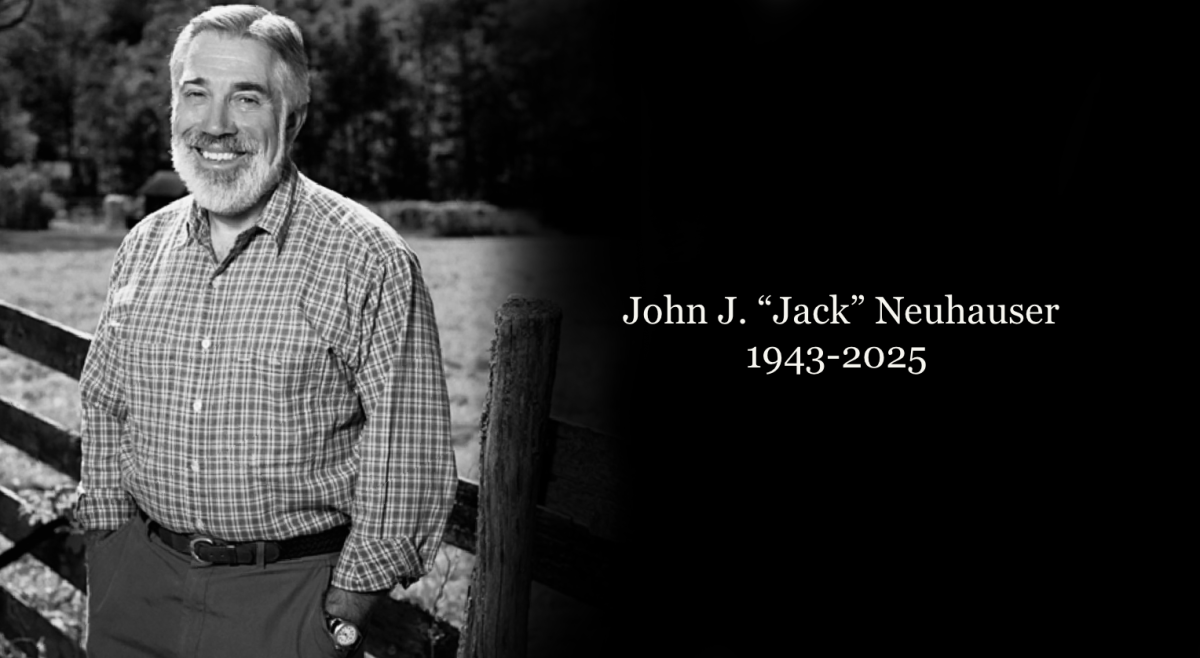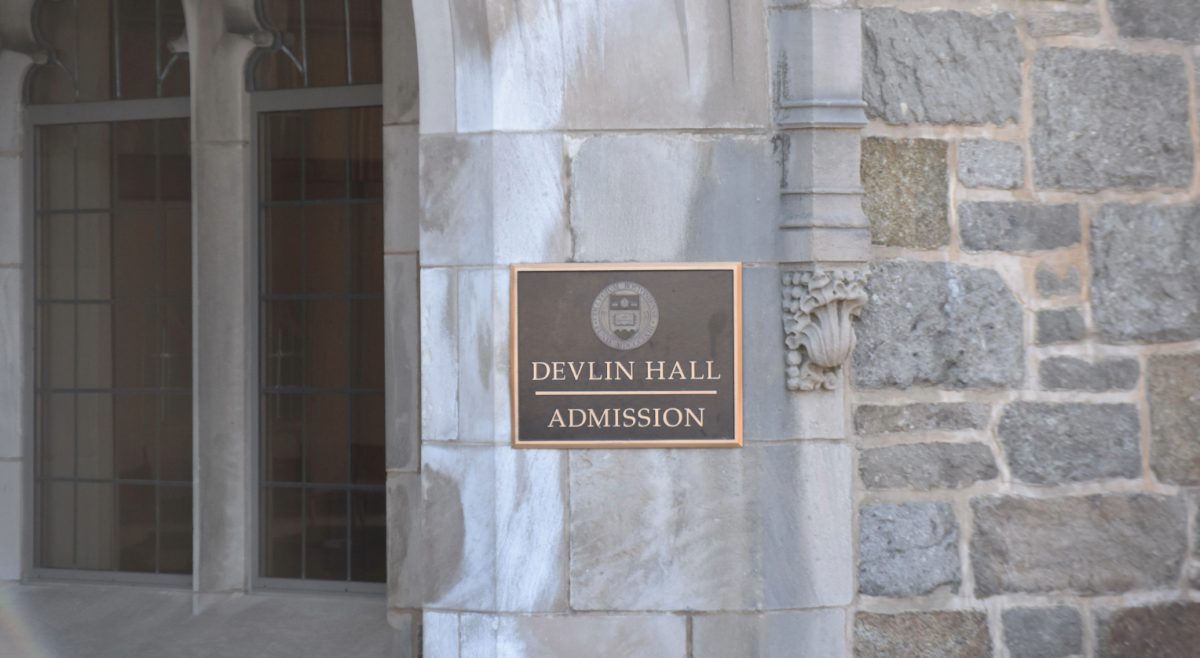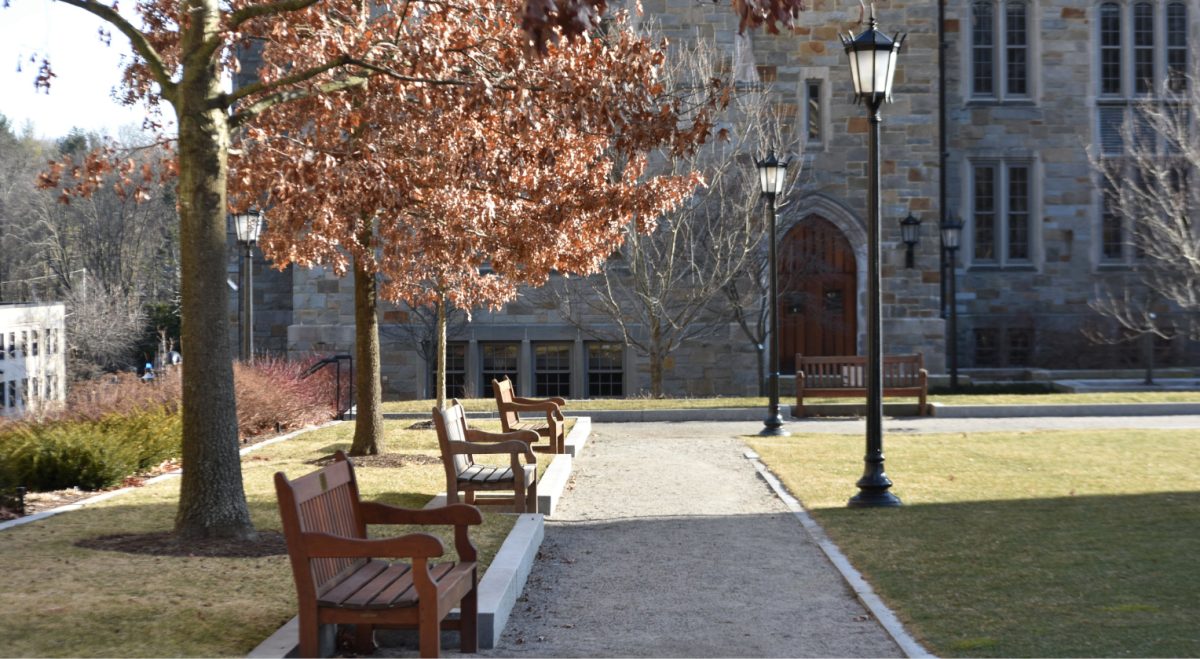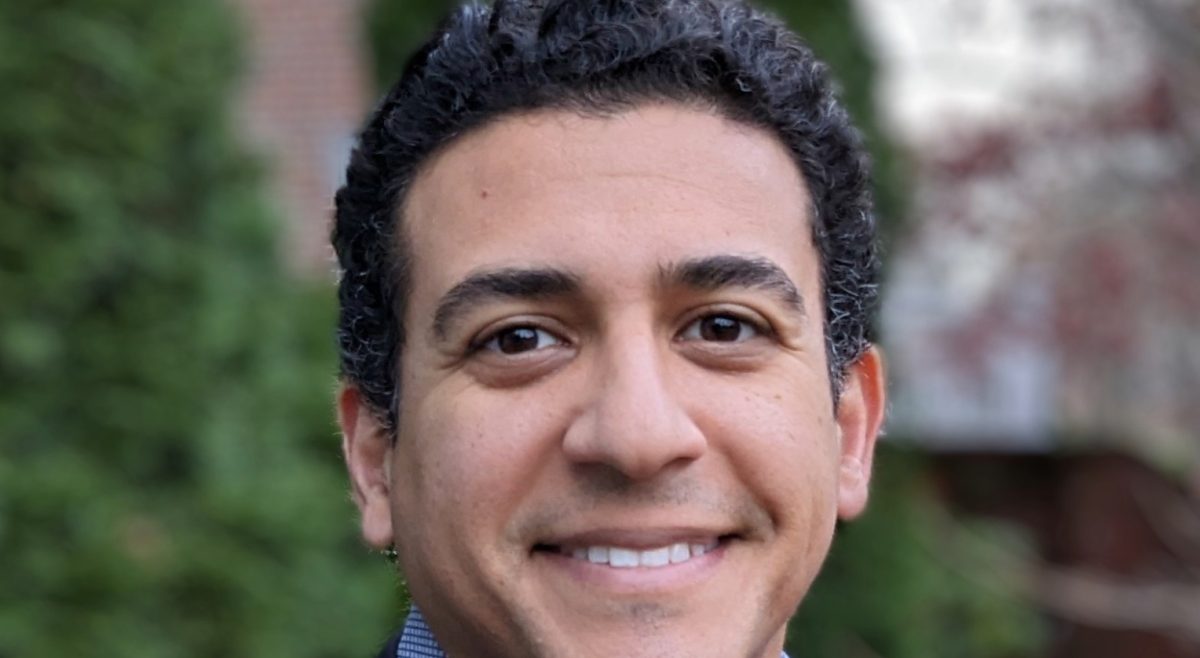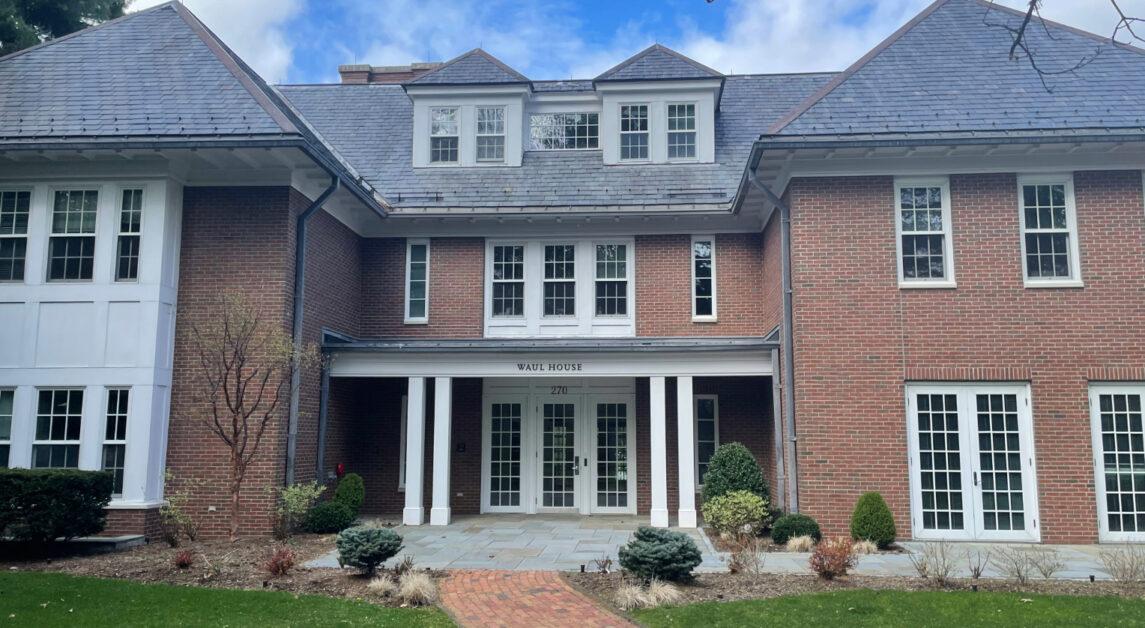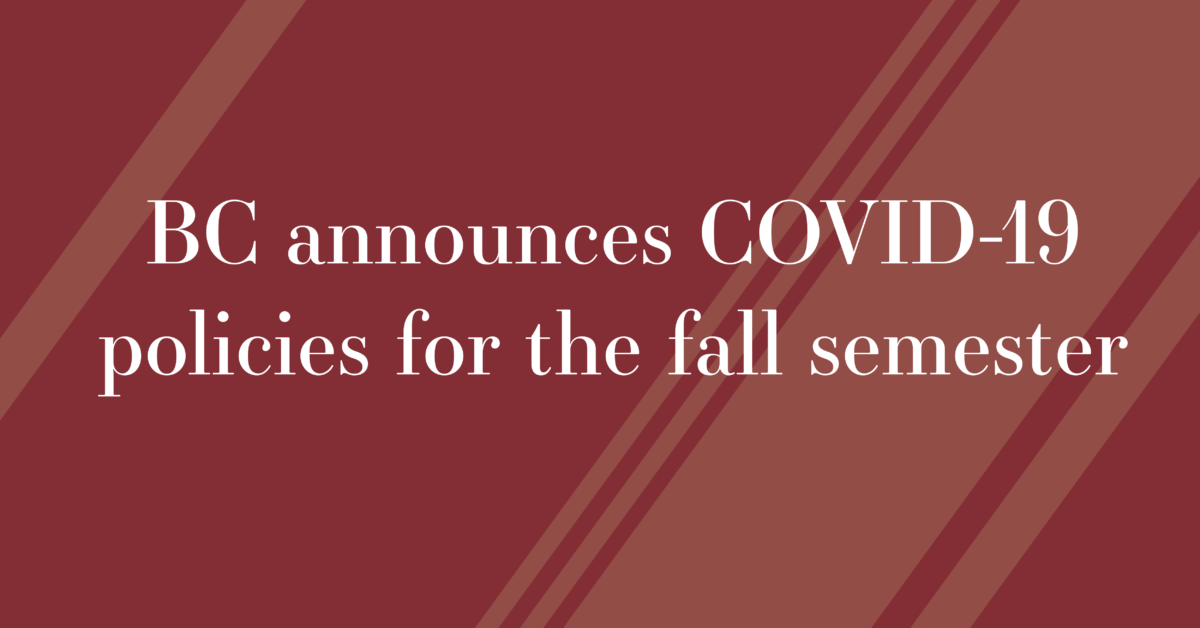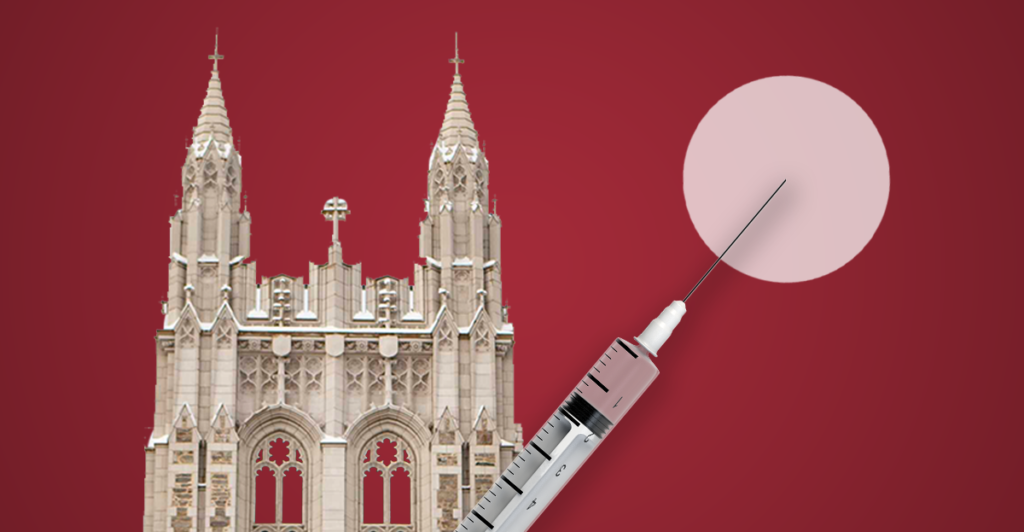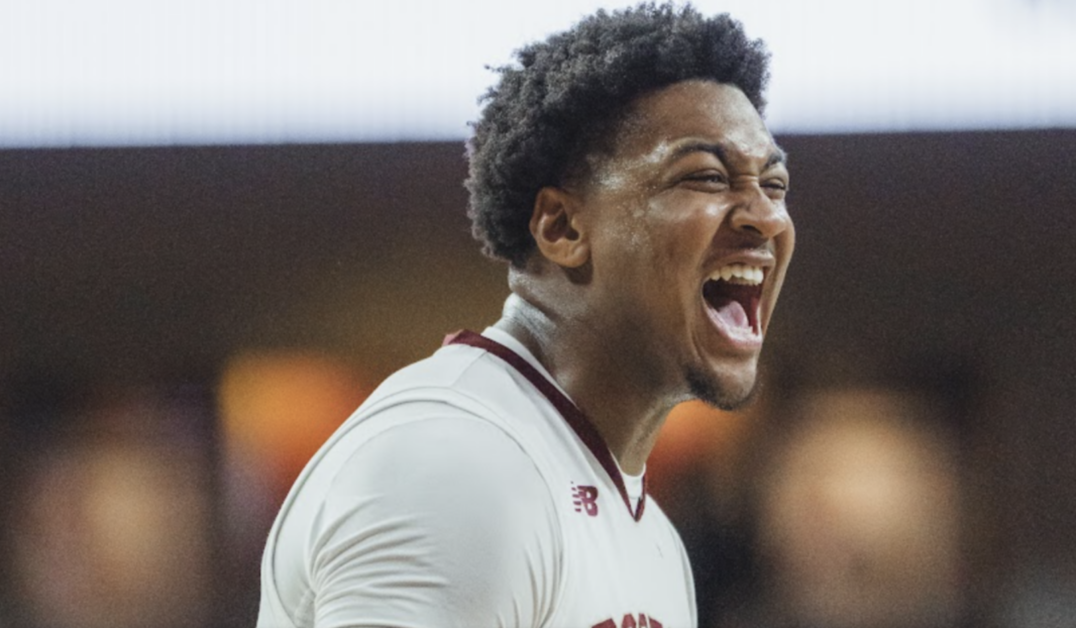As Boston College Connell School of Nursing students prepare to finish the spring semester remotely, they have had to adjust to more than virtual instruction. The nursing profession has become a point of media attention amid the COVID-19 pandemic in 2020, which the World Health Organization had previously declared the Year of the Nurse.
CSON faculty have been working to modify instruction methods and course requirements to accommodate the online class structure.
Nanci Haze, a clinical assistant professor in CSON, began having her students fill out a Google Form at the end of their Zoom lecture to take attendance, ask students how prepared they felt for the class, and inquire about confusion from the lecture. Haze then answers the questions using a discussion thread on Canvas.
“I think everyone’s got different learning curves for learning the available virtual opportunities,” said Haze. “I mean Zoom is great. … I think it’s different for every faculty, it’s going to be different based on what their experience is.”
Haze also explained how some professors in CSON have adjusted to online exams.
“Well, I think one of the biggest challenges we’ve all had was exam integrity,” said Haze. “Many faculty already use the exam platform that is very similar to the Board of Nursing exam that students would take.”
With the program, called ExamSoft, students are able to take exams on their computers, and the software shuts down the computer’s access to anything else for the duration of the exam. This program is similar to the online National Council Licensure Examination (NCLEX), the licensing exam for nurses. The professor is able to proctor the ExamSoft tests when students are on campus, but with remote exams, professors can no longer monitor students.
To replace in-person proctoring, CSON also purchased a proctoring software, called Proctorio, for students to download on their computers. The software records videos of students as they take their exams. Haze said the software, which is used in place of ExamSoft, allows faculty to maintain exam integrity remotely.
The University’s new pass/fail system has also posed a challenge to nursing students. With remote instruction making it harder for professors to evaluate students, Haze said she initially encouraged students to consider the pass/fail option, but that it presented various problems for students doing well in their courses, hoping to improve their GPA, or make the Dean’s List.
“Things kind of changed as more information came out,” said Haze. “And I think most of us are in support of the student getting a grade and making sure we have objective ways to actually assign a grade.”
CSON students and faculty, however, have worked together to adjust to the remote learning structure, being flexible and accommodating when needed.
“I think all professors in Nursing—and not just in Nursing—they’re very concerned with our well-being, which is really appreciated,” said Erin Hamlin, CSON ’21. “I mean, it’s new for everyone, and I think they’re doing a really great job.”
“[From] a faculty perspective, I’ll say my workload is probably quadruple,” said Haze. “Honestly, because when you want to tutor or meet with students, it’s a 45-minute zoom session per person. … As far as the students, I’m amazed at their resiliency. I’m amazed at, you know, how well they’re actually doing.”
Massachusetts Governor Charlie Baker issued an emergency order on April 9 allowing some nursing students in their final semester before graduation to begin working without a license. These students would operate under supervision from health care professionals in order to expand the capacity of the state’s health care workforce.
“This order allows nursing school graduates and students in their final semesters of nursing programs to practice nursing in advance of receiving a license, provided that they are directly supervised by other licensed medical professionals,” reads a statement released by the Governor’s press office.
The biggest change posed for CSON students and faculty with remote instruction, though, is continuing clinical practice, in which students participate in patient simulations or practice nursing with real patients.
Prior to the COVID-19 pandemic, some clinical simulations had primarily been done through a High-Fidelity Simulator, a realistic manikin students can practice on, while in-person clinicals involve nursing students working with real patients. Due to the closure of BC’s residence halls, CSON administrators have had to negotiate changes to hours requirements with the state licensing board.
Clinical faculty are also having to adjust to the virtual clinical structure, holding Zoom seminars to debrief the virtual clinical simulations with their clinical groups, Haze said.
“The largest change for us is that much of our learning is experiential learning in the field, you know, in hospitals and other health care agencies,” said CSON Dean Susan Gennaro. “And so we had to switch from learning while being with patients to be doing virtual learning—so virtual simulation, unfolding case studies, other ways of learning, but not [with] patients.”
Before the move to online classes, CSON students completed their clinical simulations working in hospitals such as Massachusetts General Hospital, Boston Medical Center, and Boston Children’s Hospital. Most CSON students are now completing their clinical courses virtually. BC has purchased the programs ATI and vSim to provide nursing students with virtual simulation scenarios, Haze said.
“Every week, we have a different patient scenario with video clips and then questions asking us what the nurse would do in a certain situation, or it helps us practice like medication calculations,” said Hamlin. “So it really hones in on nursing skills that are important for different patient conditions.”
While virtual clinical simulations may allow students to continue learning remotely, they complicate the ability of students to complete the number of clinical hours required by the State Boards of Registration in Nursing in order to sit for the Massachusetts NCLEX. In Massachusetts, students were required to complete roughly 50 percent of their clinical instruction in person before the coronavirus pandemic, according to Gennaro.
“So we worked very hard with people at BC to work diligently with the State Board of Nursing so that they would clearly say that it was okay to do this differently, because it’s not how we’ve ever done it in the past, as you can well imagine,” said Gennaro. “So the State Board did come out with a statement that as long as you’re an approved school, which we are, and you say the course outcomes have been met, you could use virtual learning.”
A statement from the Massachusetts Board of Registration in Nursing said that traditional and virtual simulations may be used to meet clinical objectives for all nursing students. It left the decision for clinical objective, end-of-program learning outcomes, and graduation requirements up to individual programs, and it said that students graduating from an approved nursing program will be eligible for the NCLEX.
“That becomes problematic because before the pandemic there were some students that were sick,” said Haze. “So they’ll miss more than 50 percent of in-person opportunities, you know, because this pandemic kind of hit mid-semester.”
Some BC nursing students who were behind on their in-person clinical hours before the pandemic must still complete their hours in person, or they will not complete the requirements to graduate from CSON, according to Gennaro.
“By and large, clinical has been transitioned to virtual learning,” said Gennaro. “That’s not exactly 100 percent … but there were some people who were very far behind for some reasons. … So there are a few people still in clinical, but very few.”
After working in conjunction with families and community health coordinators, students working in the homes of children with special needs receiving private duty nursing were allowed to count those hours toward their clinical education, said Haze.
“None of my previously assigned pediatric unit hospitals are allowing students in right now,” Haze said. “We’re at Mass. General Boston, Medical Center, and Boston Children’s Hospital, and there are no students in those institutions.”
Even with changes in licensure requirements, virtual clinical simulations still have their shortfalls, Gennaro said, because simulations cannot match working with real patients.
“No matter how well [you] do simulations, it’s not really the same as your being there. … It’s kind of different if you’re watching it on the screen as opposed to really being there and having somebody say to you in real life, ‘What does that mean? Is my baby going to be alright?’”
As for how CSON plans to move forward if remote instruction is extended into the fall, Gennaro said it’s too early to know what will happen. But Massachusetts emergency orders may lean heavily on universities to work with health care systems in the future, Gennaro said.
“It’s hard to know what will be the case under emergency mandates,” said Gennaro. “If we weren’t able to go back, it’s hard to know what the health care system will be wanting or needing. We’re beginning to see more people contacting us with concerns for [if] we have students who are here—they are needing some help.”
With nurses on the frontlines of the outbreak, CSON students and faculty have been engaged in an ongoing conversation on the role of the nurse in today’s society.
“I think, not in terms of classes, but just as a society, nurses, and I mean all medical professionals, but nurses in particular are really being highlighted in the news,” said Hamlin. “I just think we’re all in a very unique position right now with nurses really being on the front lines, and our professors are really educating us to go out into the workforce at a time when we really need it.”
Gennaro stressed how discussions on inequity in health care and the importance of the health care workforce have always been prevalent in the CSON curriculum, even before COVID-19.
“One of the things that we care about, especially being in a Catholic and Jesuit institution, is our most vulnerable populations,” said Gennaro. “And the United States is not so equitable when it comes to health care. Because by and large, how you get health care in this country is being a worker. You can imagine there are a lot of sick people who can’t be workers.”
As for 2020 being the Year of the Nurse, Gennaro warned of challenges nurses have always faced that the COVID-19 pandemic has only amplified.
“WHO declared 2020 the year of the nurse before the pandemic,” Gennaro added in an email to The Heights. “It certainly has been a year for nursing care but not a great year for nurses who don’t have adequate PPE [personal protective equipment] and who have been silenced in terms of speaking to media about the lack of PPE.
“There are many things we are going to have to learn once the pandemic is over or we will continue to be unprepared in the face of the next disaster.”


